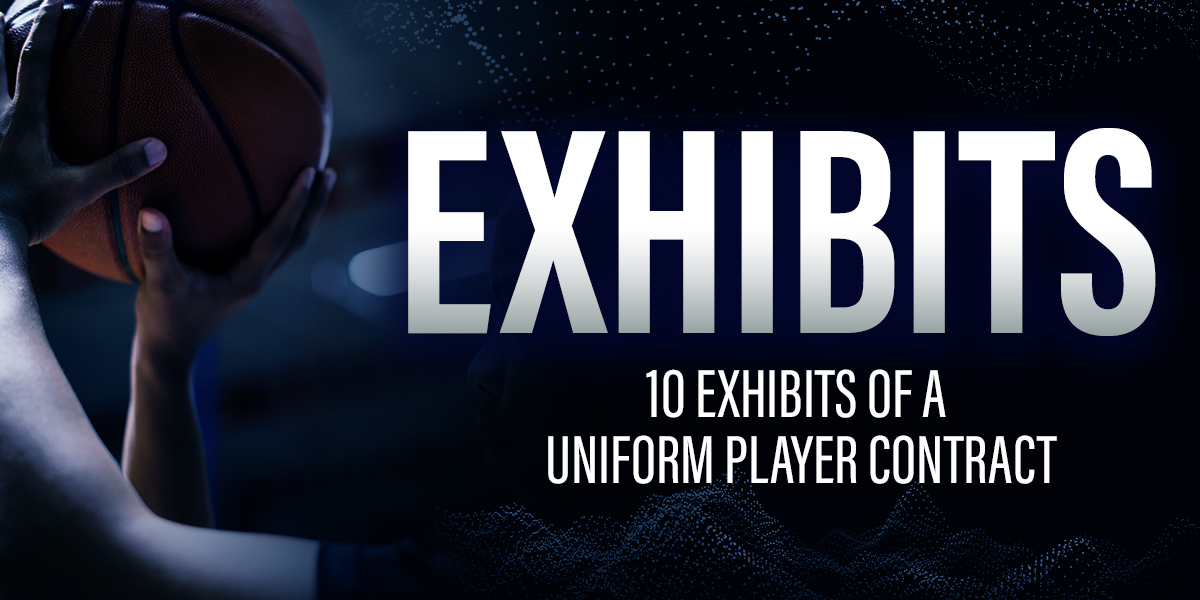
If you follow the NBA closely, you might come across the term “Exhibit 10”– something like undrafted rookie Mac McClung signed an Exhibit 10 with the Los Angeles Lakers in August.
But what precisely is an exhibit?
The bulk of the Uniform Player Contract (UPC) is a boilerplate agreement standardized by the Collective Bargaining Agreement. The body of the contract doesn’t change. The exhibits spell out the good stuff, specifically a player’s salary, years, guarantees and much more.
The UPC has 10 exhibits. Some are mandatory, while others are rare and quite specific.
Exhibit 1 – Compensation
At the heart of an NBA contract, Exhibit 1 lists the covered seasons and player’s annual salary. Items like option year(s), base compensation and incentives, payment schedule, and signing bonus make up the exhibit.
All contracts have Exhibit 1s, although they can come in three different flavors. Exhibit 1A is included instead of the standard Exhibit 1 for a player earning the minimum salary.
Exhibit 1B is for a player signing a two-way contract. It also includes language allowing teams to convert the player to a standard NBA contract.
Exhibit 2 – Compensation Protection
How much of the salary detailed in Exhibit 1 is guaranteed? Exhibit 2 spells that out, specifically if a player has full, partial or zero protections for “lack of skill”– the reason typically used when a team cuts a player.
Exhibit 2 also protects players for more severe issues like injury or illness, death or mental disability. Not every team is willing to guarantee salary in the extreme case a player passes away under contract but can reimburse a player for his life insurance premium. Additionally, the exhibit includes limitations on those protections—like alcohol abuse, felony conviction, use of any prohibitive substances, etc.
The stretch provision is also detailed in Exhibit 2, allowing teams to spread any remaining waived guaranteed salary over a formulaic period.
Exhibit 3 – Prior Injury Exclusion
While Exhibit 3 is not standard, it can give teams an added layer of injury protection for players who have preexisting conditions. A contract can be guaranteed unless the player reinjures or aggravates an explicitly listed injury or condition.
Devonte’ Graham, who signed with the New Orleans Pelicans in August (technically a sign-and-trade via the Charlotte Hornets), has a prior injury exclusion in his contract for his left quadriceps. The Milwaukee Bucks were also protected in Wesley Matthews’ contract for his left Achilles and right fibula.
Exhibit 4 – Trade Payments
Commonly called a trade kicker or bonus, Exhibit 4 details how much a player will receive in payment (within 30 days) if traded. The maximum bonus is 15 percent, but a team can set a specific dollar limit in Exhibit 4.
The Dallas Mavericks gave Luka Doncic a 15 percent trade kicker in his rookie-scale extension. Veterans Reggie Bullock and Dorian Finney-Smith have five percent trade bonuses. Jonas Valanciunas’ extension with the Pelicans has a 15 percent bonus that can pay no more than $1 million.
Exhibit 5 – Other Activities
Generally speaking, the UPC restricts what players can do outside of their job playing and practicing for an NBA team. Exhibit 5 adds back some activities, like playing off-season basketball pick-up games, practicing, weight training, etc. It’s an extremely common exhibit, loosely referred to as “Love of the Game.”
Exhibit 6 – Physical Exam
Exhibit 6 is almost standard. It stipulates that a signed contract will be “invalid and of no force and effect” until the player passes a physical. The player has three business days to take a physical. The team has up to six days (from the signing) to void the contract.
Exhibit 7- Substitution for UPC Paragraph 7(b)
Since the body of an NBA contract cannot be altered, Exhibit 7 is needed to replace the language in a specific paragraph to give a player additional power if suspended for lack of conditioning. The exhibit allows for an examination by an independent physician to confirm the team doctor’s ruling that the player is not in shape to play. It’s become quite common for players to request an Exhibit 7.
Exhibit 8 – Sign and Trade
Teams can only sign and trade players during the offseason. While not very common, several players signed Exhibit 8s this past year, including Lonzo Ball, Kyle Lowry, DeMar DeRozan, Spencer Dinwiddie, Evan Fournier, Doug McDermott, Lauri Markkanen, Garrett Temple, Daniel Theis and Graham.
Exhibit 9 – One-Season, Non-Guaranteed Training Camp Contracts
Exhibit 9 allows teams to fill up their rosters through the preseason (up to 20 players) while limiting their exposure if a camp invite gets injured. Typically, a team is responsible for an injured player’s entire salary for the current season (or until he recovers). That risk could prevent an NBA franchise from adding prospects to the training camp roster.
The solution was to limit that risk. A team is only obligated to pay $6,000 for a player injured while signed to an Exhibit 9. The exhibit functionally expires if the player makes the regular-season roster. Exhibit 9s are very common over the offseason but aren’t accessible once the season begins.
Exhibit 10 – NBADL Bonus and Two-Way Player Conversion
Teams typically sign several players each offseason to Exhibit 10s, usually paired with Exhibit 9s. It allows a franchise to convert a player (specifically on a non-guaranteed one-year minimum) to a two-way contract. A player can sign for an Exhibit 10 bonus of up to $50,000. If converted, the two-way contract is guaranteed for that amount.
Additionally, a player who is waived (and clears waivers) before the season on Exhibit 10 can sign with the G League to play for the NBA team’s affiliate franchise. If that player sticks with the G League team for at least 60 days, they’ll receive their Exhibit 10 bonus. An affiliate player in the G League is technically a free agent eligible to sign with any NBA team.


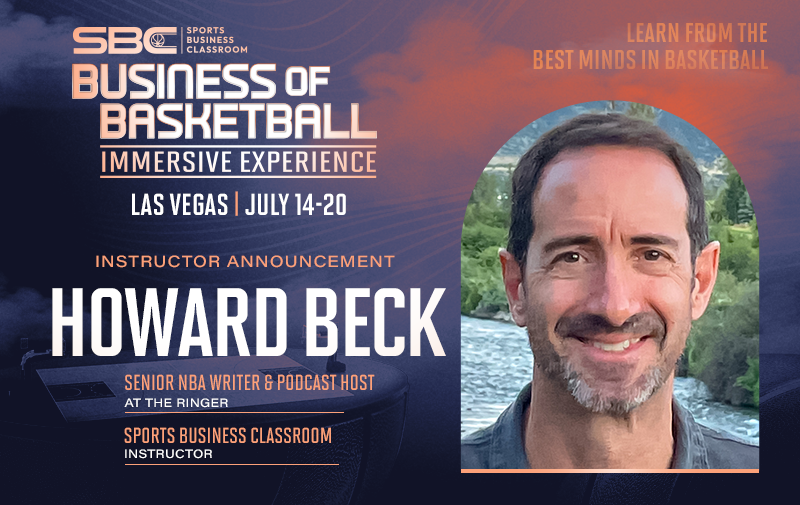
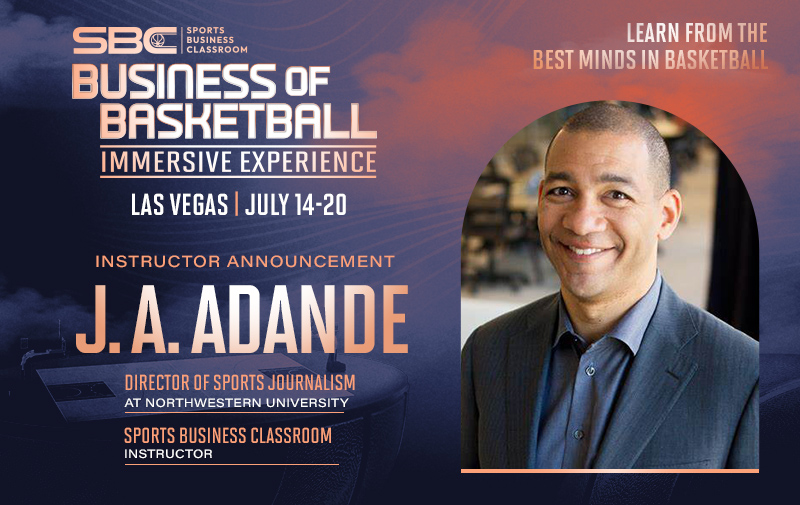
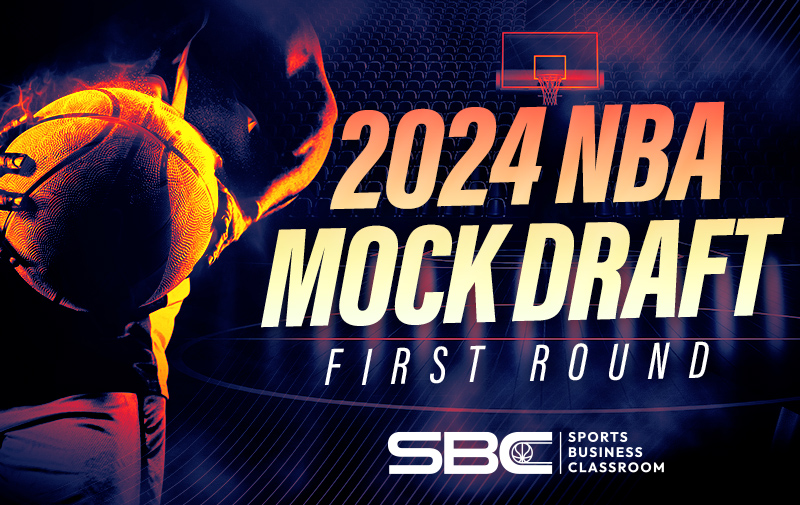
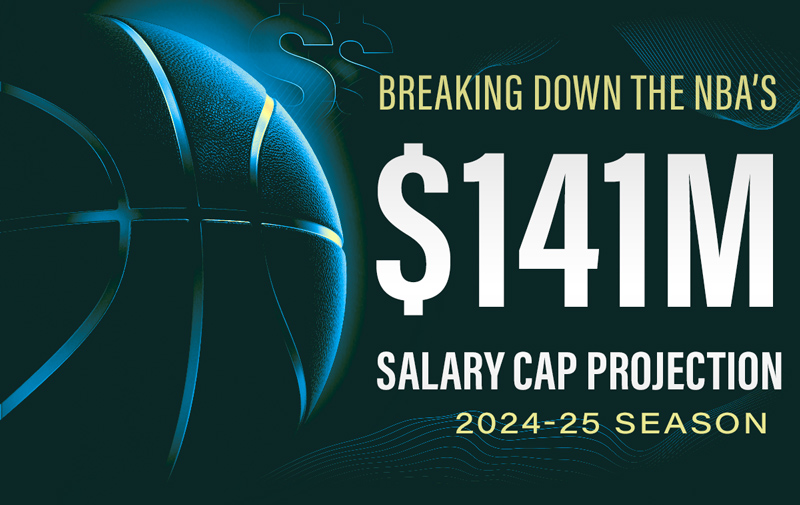
Leave A Comment